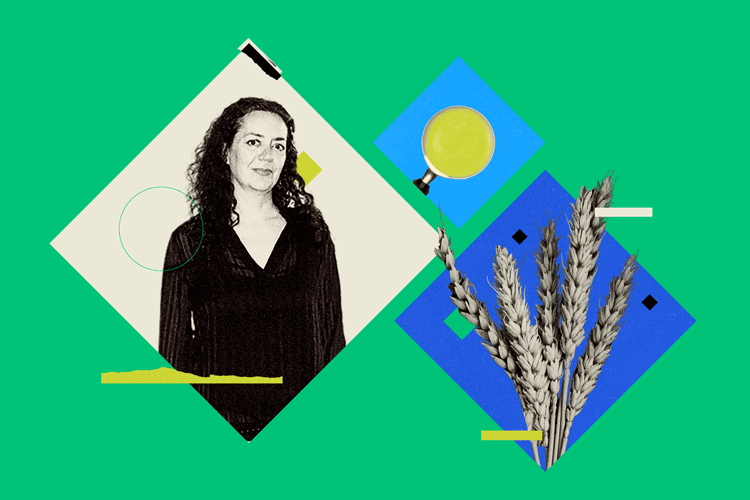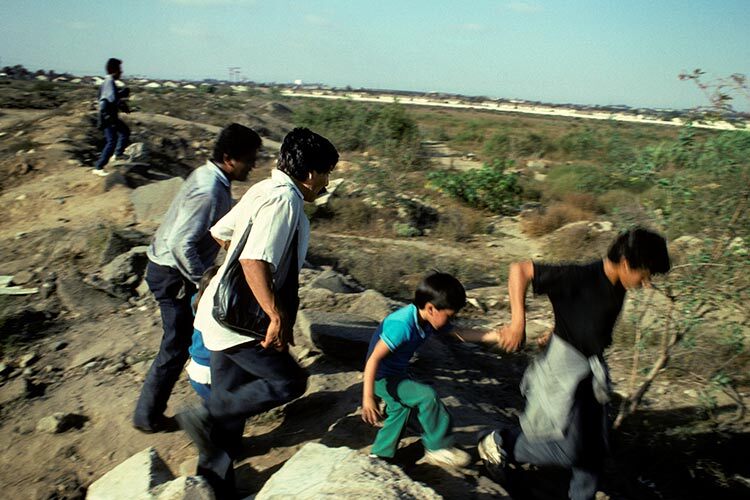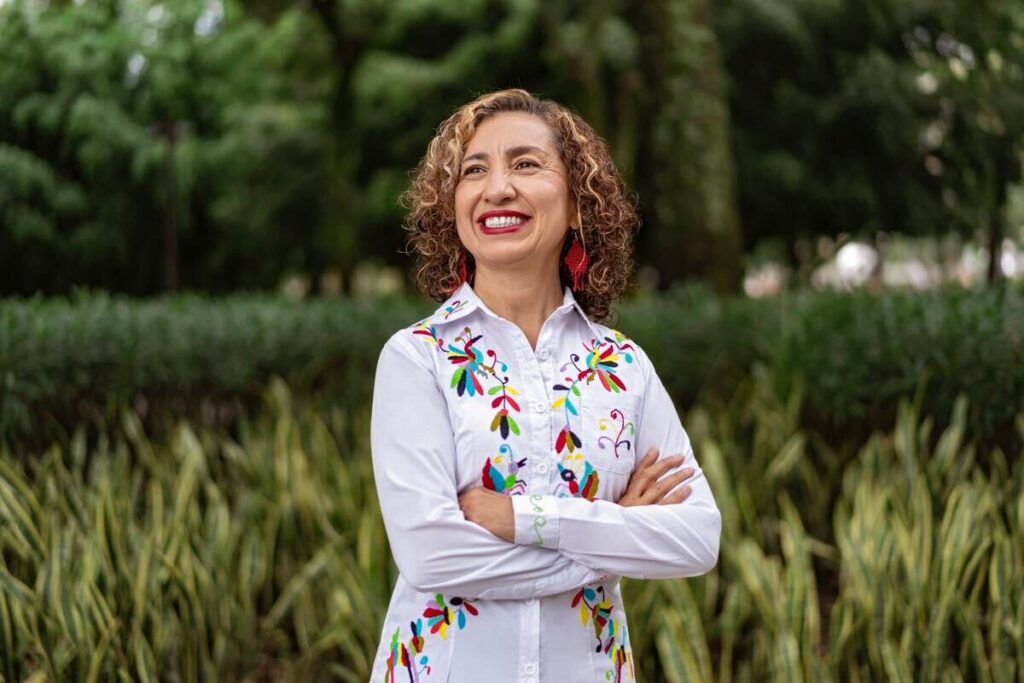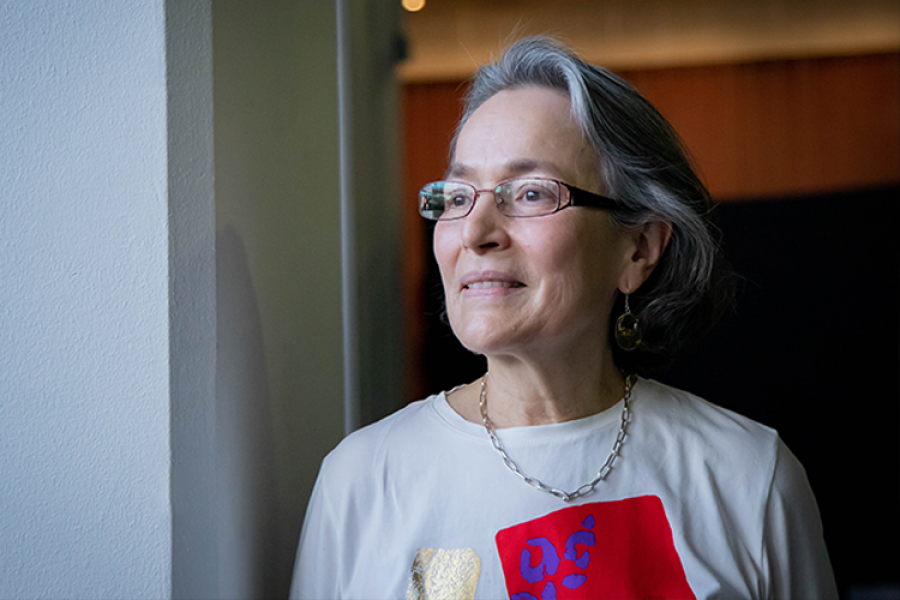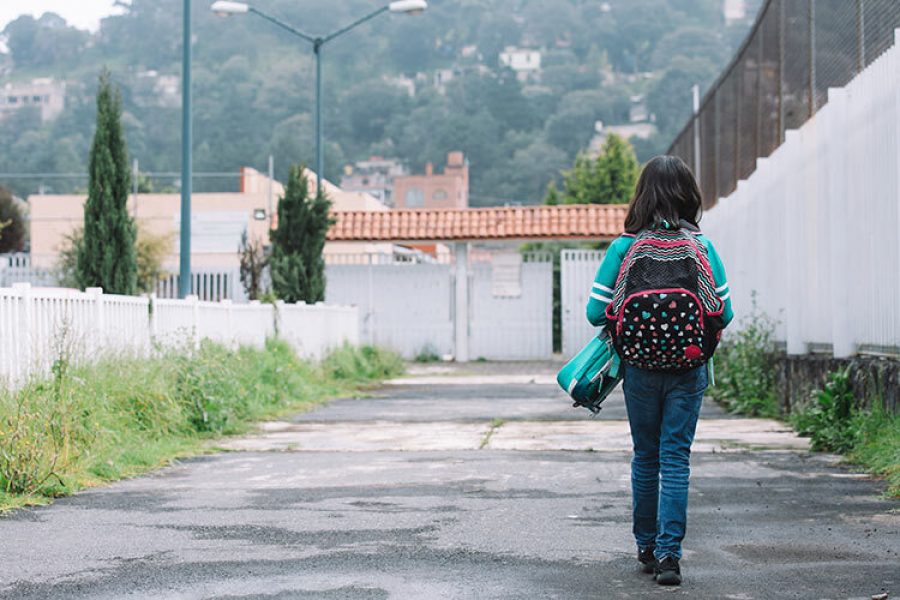Art can be a vehicle for expressing the concerns, difficulties and injustices that people experience in their daily lives. In addition, through protests, performances, documentaries and other art forms, individual and collective artists can achieve positive changes in their environment.
“If someone resists, if someone takes to the streets, if someone uses different strategies to communicate some social grievance, something is not working in that society,” says Salvador Leetoy, research professor at the School of Humanities and Education (EHE) of Tec de Monterrey.
Sometimes, artistic practices can trigger actions that have a social impact. Artivism –a term that comes from combining the words art and activism– refers to this type of project.
For years, Leetoy and a network of researchers from the humanities, sociology, law and other disciplines have dedicated themselves to studying artivism and understanding how art can be a political force.
Now, their research has lead to the Artivism Laboratory, a virtual and physical space–which will be based at the Guadalajara Campus of Tec de Monterrey– focused –mainly– on creating an academic record of the different artivism projects in Mexico and Latin America.
“We want to create a true archive of artivism experiences to talk about the possibility of art to get involved in things that affect us daily,” says the researcher. “We also want to open spaces for dialogue, analysis and research.”
The Artivism Laboratory at Tec de Monterrey
The idea is that a network of Mexican and Latin American artists and researchers whose focus is to analyze the use of art as a means of activism will collaborate in this space.
As such, the laboratory does not exist yet, since its founders are working to get the funding they need to develop it. “It is a project for the near future, but it already has a lot of research behind it,” says Leetoy.
Some of the members who are already a part of this network are Leetoy, Diego Zavala, research professor at the EHE, María de la Cruz Castro, research professor at the EHE, and Carlos Cerda, research professor at the School of Social Sciences and Government (ECSG) of Tec de Monterrey.
“All of this is based on the idea of finding intervention formulas to design a public policy that is much closer to the local needs of vulnerable groups, such as feminist, LGBTQI+ , or indigenous groups,” says Leetoy.
According to the expert, artivism can foster a dialogue with decision-makers and politicians in each city, state or country to find real solutions to different problems, such as discrimination, gender violence, insecurity associated with drug trafficking, the climate crisis or forced disappearances.
In Guadalajara, as in other cities, there is a long tradition of artists groups that use art as a form of social action, promoting a participatory citizenship.
“It is an active communication that arises from the communities themselves towards the development of different forms of questioning and resistance to different aspects that violate their good living,” explains Leetoy.
Artivism in Mexico and the World
Some examples of artivism in Mexico -and in other countries- are the Colectiva Hilos, a group of female artists, sociologists and designers who use embroidery to denounce the inequality, insecurity and violence that prevails in the country.
The collective uses red thread to create large textile pieces. “These monumental textiles are used in demonstrations or interventions to make the bloodshed visible, it looks impressive,” says Leetoy.
Another one is Por Amor a Ellxs, a collective of families who search for missing persons in Jalisco that was founded in 2016 by searching mothers who began to organize themselves to accompany and help each other in their search for relatives or loved ones who are missing.
Given the small results from the authorities, this collective has gained an expertise in forensic analysis and searching practices, without any formal training.
“They go to clandestine graves and know how to categorize what they find,” says Leetoy. “It is horrible and very painful, but they do it because otherwise the State remains oblivious.”
Thanks to their presentations, demonstrations and constant work with other collectives of searching families −and in collaboration with lawyers and legal experts−, they managed to have the General Law on Forced Disappearance of Persons come into force in 2018, the first of its kind in Mexico.
There’s also Humanizing Deportation, a digital storytelling project that started in the United States and collects the stories of people who have been deported or are migrants in vulnerable situations.
“They’re not just a number, we want to understand their experiences,” says Leetoy.
From Protesting to Proposing
Thus, the Artivism Laboratory will be the conjunction of efforts from academia and art to understand the social phenomenons that lead to artivism.
“As social scientists we have the obligation to understand in depth why people take the trouble to leave their homes, shout, break stuff, sing or do anything to draw attention to an offense,” emphasizes Leetoy.
For him, it is important to understand that no member of society –not even scientists– is alien to the problems that are experienced daily in the world. No university, institution or research center exists in a bubble or is totally isolated.
Faced with the social problems that are experienced daily, we need to organize ourselves to demand real changes from authorities.
“When we move from protesting to proposing, it is a wonderful thing,” says Leetoy. “From pain, sadness and affliction, through solidarity and the search for mutual benefit, we can find ways to influence the public space ,” says Leetoy.
Were you interested in this story? Do you want to publish it? Contact our content editor to learn more marianaleonm@tec.mx



